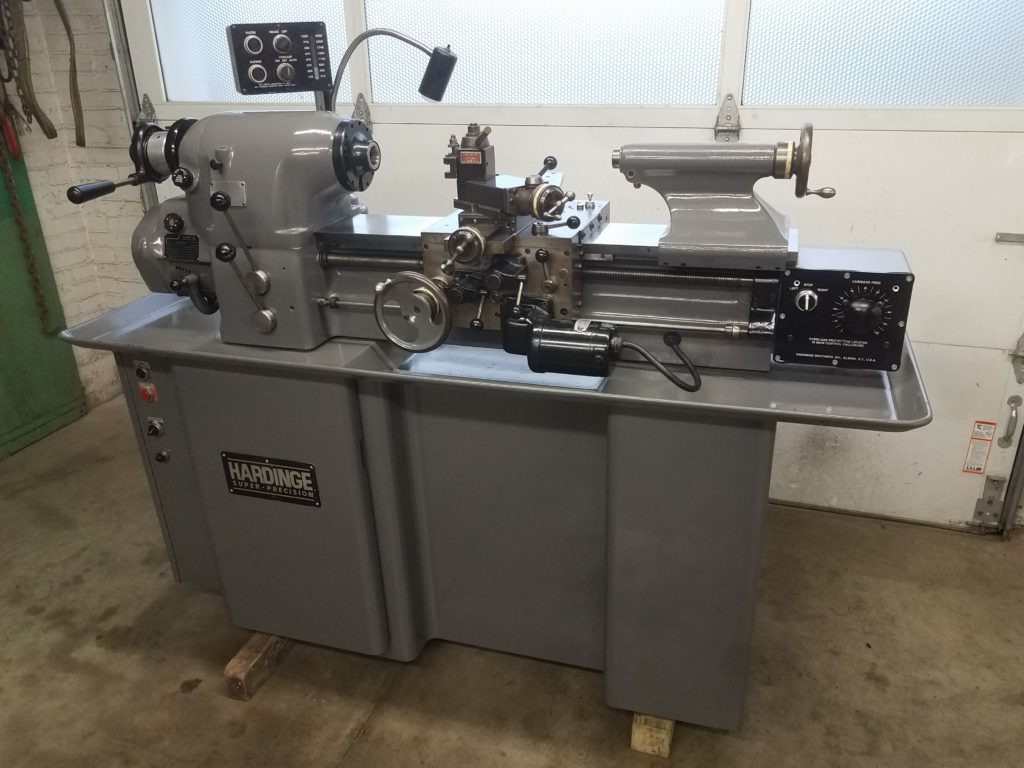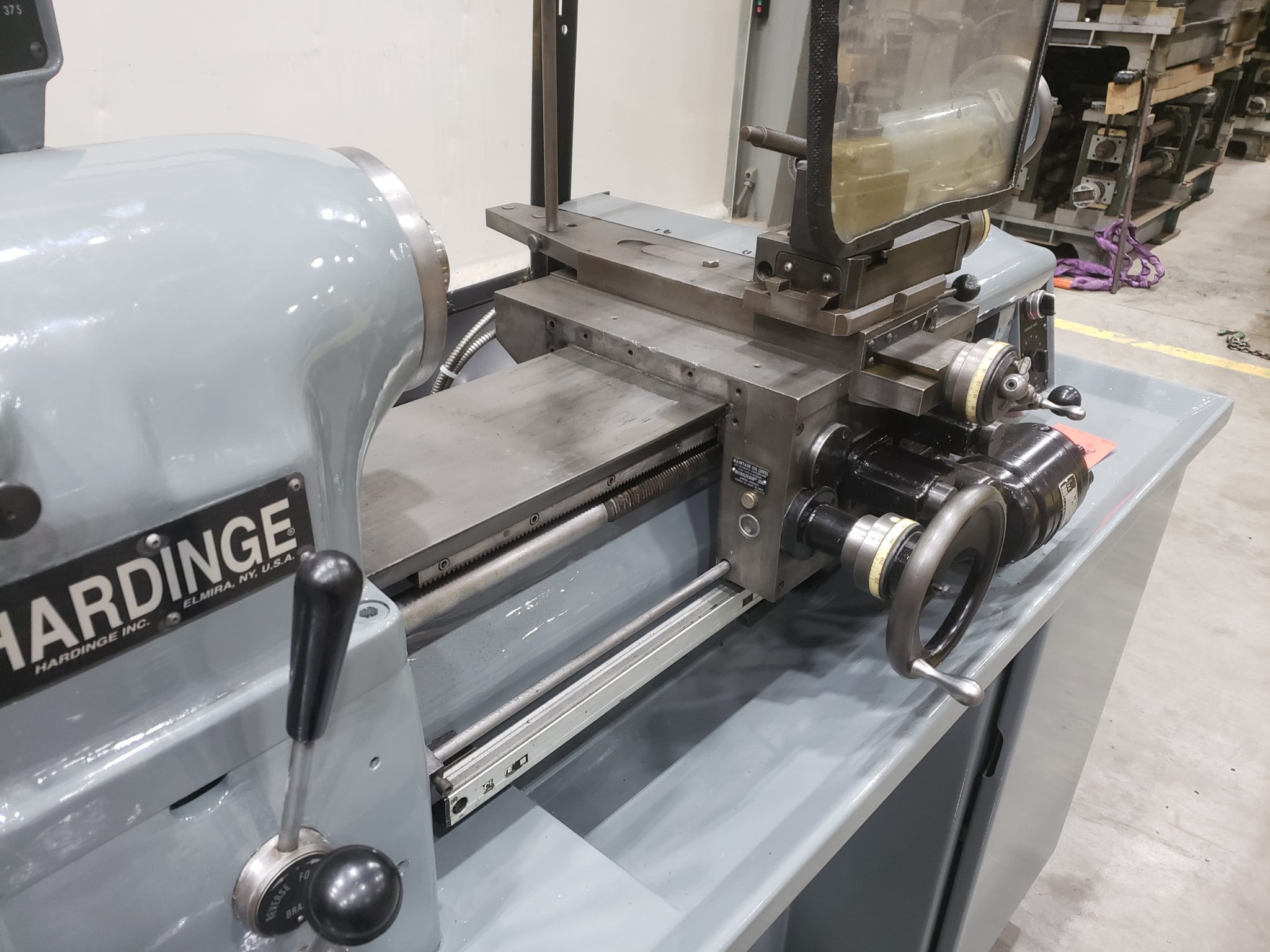

I’m curious about the recurring insistence on prismatic ways. Posted in Tool Hacks Tagged fabrication, lathe, Machine tool, machining, steel, welding Post navigation One thing we’d love to see on this lathe is the electronic lead screw that developed for his off-the-shelf lathe. It honestly looks like something you could buy from a catalog, and has most of the features of commercial machines. The completed lathe, powered by a treadmill motor in a way that would no doubt endorse, comes in at a beefy 450 kg. The angle grinder plays a prominent role in the build, as do simple tools like a hand drill, files, and a welder - and yes, the unfinished lathe itself, which was used to bore out the bearing blocks for the headstock. The base and bed of the machine are welded from scrap steel I-beams, and the ways are made from angle iron that has been ground flat with a clever jig to hold an angle grinder.

Where most homebrew lathes tend to be the bench top variety and feature cast aluminum parts, went with steel for his build, and a lot of it. But two things make ’s build stand out: how few specialized tools were needed to build it, and the sheer size and bulk of the finished product. We’re used to seeing homebrew lathes, of course, and we’ve featured more than a few of them before. While we won’t argue the primacy of the lathe in the machine shop, this scratch-built, heavy-duty lathe gives the lie to the latter argument - almost. It’s common wisdom that the lathe is the essential machine tool, and the only one that can make copies of itself.


 0 kommentar(er)
0 kommentar(er)
